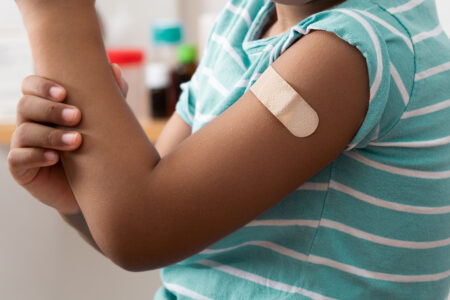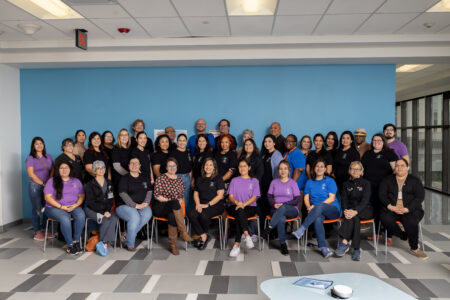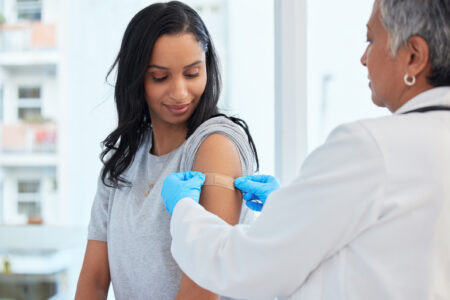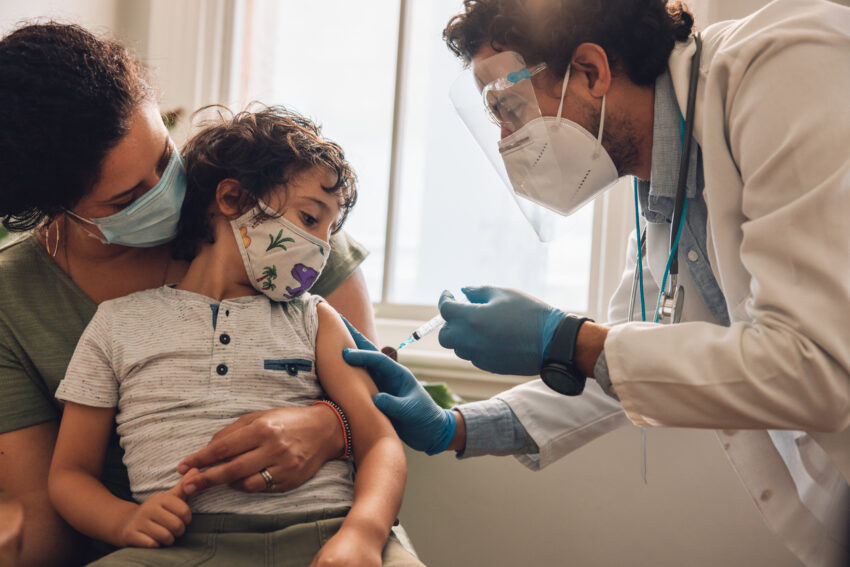
Share On Social!
The COVID-19 saga continues as the virus continues to mutate, and the Centers for Disease Control & Prevention (CDC) identify new subvariants of the Omicron variant of SARS-CoV-2, the virus that causes COVID-19.
The CDC is studying a new subvariant, called BA.2.12.1, to determine how it spreads and how well existing treatments and vaccines for COVID-19 work against it.
“[BA.2.12.1 and other subvariants of Omicron] are more contagious with more immune escape, and they are driving a lot of the increases in infection that we’re seeing across the nation right now,” said Dr. Ashish Jha, White House Covid-19 response coordinator, according to Vox.
Latinos, who are disproportionately affected by COVID-19 hardships, are still struggling to recover from the initial hit of the pandemic.
How does this emerging subvariant affect Latinos?
Here’s what we know so far.
What is the BA.2.12.1 Subvariant?
BA.2.12.1, which began infecting people in early March 2022, now accounts for more than half of new COVID-19 infections.
The subvariant is highly contagious – up to 60% more transmissible than its predecessor, the Omicron variant, which has dominated US COVID-19 cases since December 2021.
Symptoms of BA.2.12.1 do not appear to be any more severe than the Omicron variant, according to a recent ABC News interview with Dr. Anthony Fauci, chief medical advisor to President Joe Biden.
In the same interview, Dr. Fauci said that being vaccinated or having immunity from a prior COVID-19 infection provides protection from the Omicron subvariant.
“The easiest way to prevent that is to continue to get people vaccinated,” he said. “And for those who have been vaccinated, to continue to get them boosted.”
Latinos and COVID-19 Vaccines
Since COVID-19 vaccines became available in 2020, Americans still have not reached the CDC’s goal of a 80% to 100% vaccination rate, which is needed to achieve herd immunity.
Currently, about 65% of the American population is fully vaccinated against COVID-19, and only 50% of Americans who are eligible have received a booster shot.
Among Latinos, who make up 18.7% of the US population, 43% are fully vaccinated with their first booster shot.
While this vaccination rate is comparable to other minority groups, such as Blacks, increasing vaccination rates is critical for all Americans to slow the spread of COVID-19 through herd immunity.
However, Latinos face healthcare access inequities that may make it more difficult to get the vaccine, such as a lack of transportation to a healthcare facility, ability to leave family/work for a vaccine appointment, and poor health literacy.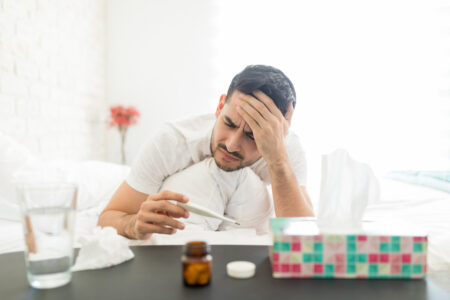
Latinos have also been targeted by myths and misinformation about the vaccine, which may explain why less than half of US Latinos are fully vaccinated.
To help move Latinos from vaccine hesitancy to vaccine confidence, Salud America! at UT Health San Antonio is uplifting the stories of real Latinos who overcame misinformation, got the COVID-19 vaccine, reconnected with family, and are helping end the pandemic.
For example, Rosa Herrera read on Facebook that the vaccine would inject her with a microchip.
What changed her heart to get the vaccine?
After researching and learning that the vaccine is safe, she got vaccinated, and she’s glad she did.
“I’m able to see my grandkids and my kids here. It gives you more freedom,” Herrera said.
Share these “change of heart” vaccine heroes in English or Spanish.
Stopping the Spread of the BA.2.12.1 Subvariant
Explore your county’s COVID-19 case numbers to see how COVID-19 is impacting your community.
If aren’t already vaccinated, or want to help a loved one get vaccinated, you can find COVID-19 vaccine locations near you in English or Spanish.
You can also continue practicing safety precautions, no matter your vaccination status.
For example, the CDC recommends that everyone continue to wear masks indoors and in public in highly infected community areas, as of February 2022.
Be sure to care for face masks properly, avoid highly populated public places, and safely visit friends and family in small groups.
It is also important to know what to do if you’re exposed or test positive for COVID-19 to avoid infecting others.
Check out the “Juntos, We Can Stop COVID-19” digital communication campaign from Salud America! at UT Health San Antonio. This campaign aims to help Latino families and workers slow the spread of COVID-19.
The #JuntosStopCovid campaign features culturally relevant fact sheets, infographics, and video role model stories to encourage Latinos to change their public health behaviors.
By The Numbers
142
Percent
Expected rise in Latino cancer cases in coming years

